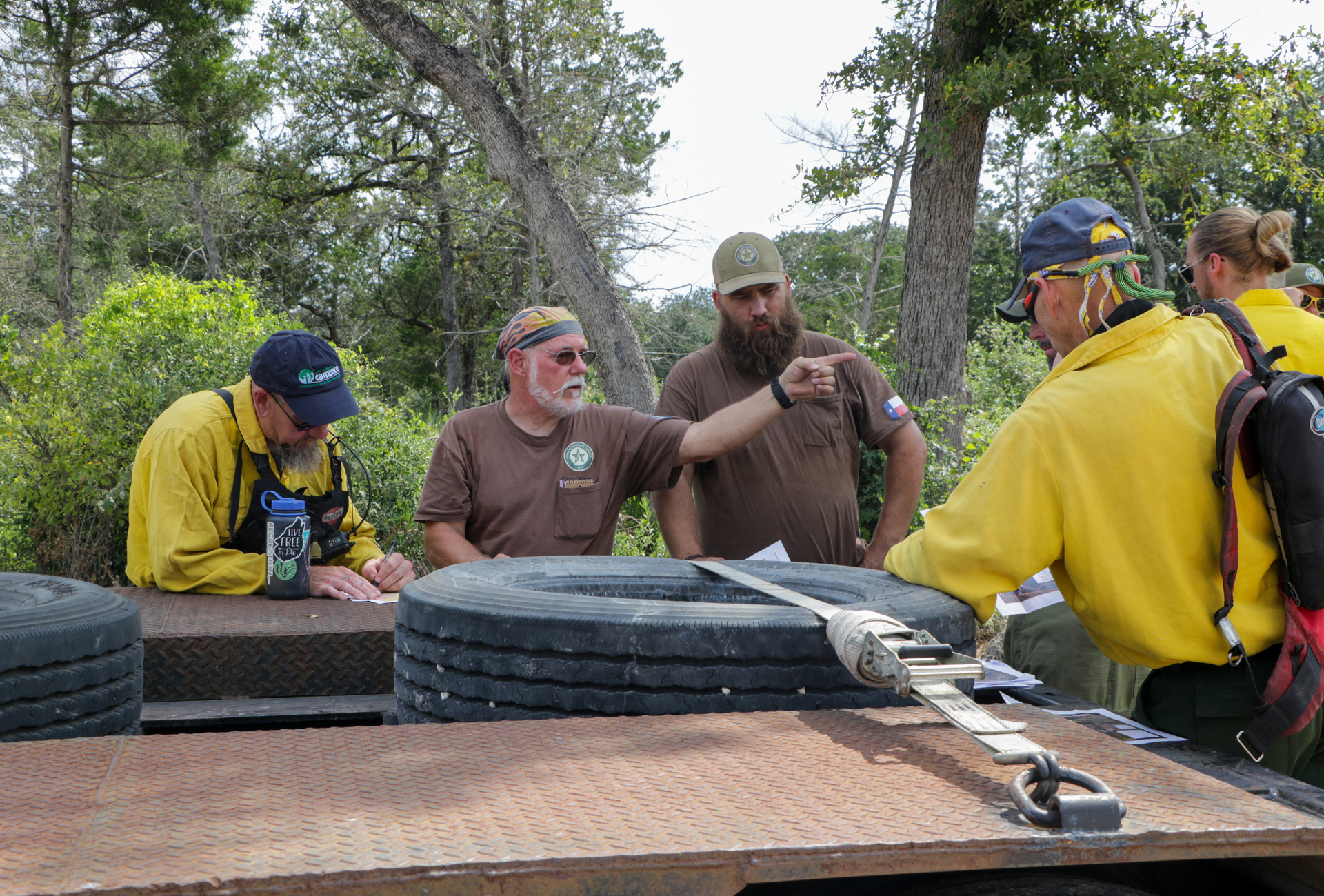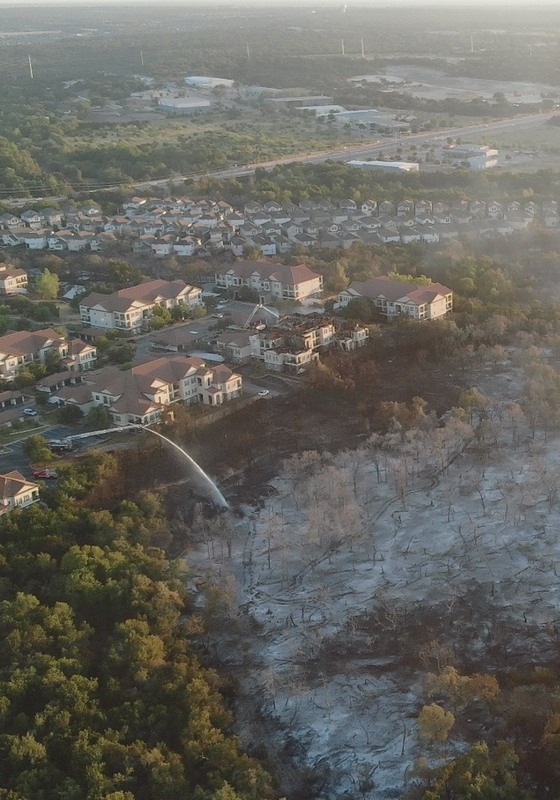Prevent and prepare your community for wildfires
The first and most important step communities can take in wildfire preparedness is recognizing and addressing their risk for wildfires.
The Wildland Urban Interface (WUI) is the area where developed land is next to or intermixed with undeveloped wildland. WUI areas are often at the highest risk for damage or loss from a wildfire. As human populations expand out of an urban setting, the amount of WUI communities increases.
Begin assessing your community’s wildfire risk using the Texas Wildfire Risk Assessment Portal.
Fire adapted communities
Fire adapted communities (FAC) is a framework for community wildfire resilience. Everyone has a role in fire adaptation and collaboration within the community is essential.
Wildfires will occur where people live—it’s not if, but when. And when a community hasn’t prepared, the economic, social, and environmental consequences can be far-reaching. Taking the right steps in advance can minimize damage to homes and property, increase public safety, protect infrastructure and businesses, save millions of dollars, and ensure future tourism and local recreation opportunities.
Many resources are available to assist community leaders including city managers/planners, fire chiefs, emergency management coordinators, land managers, and homeowner associations, in developing and implementing programs to help your community withstand the next wildfire event and establish the framework of a fire adapted community.







